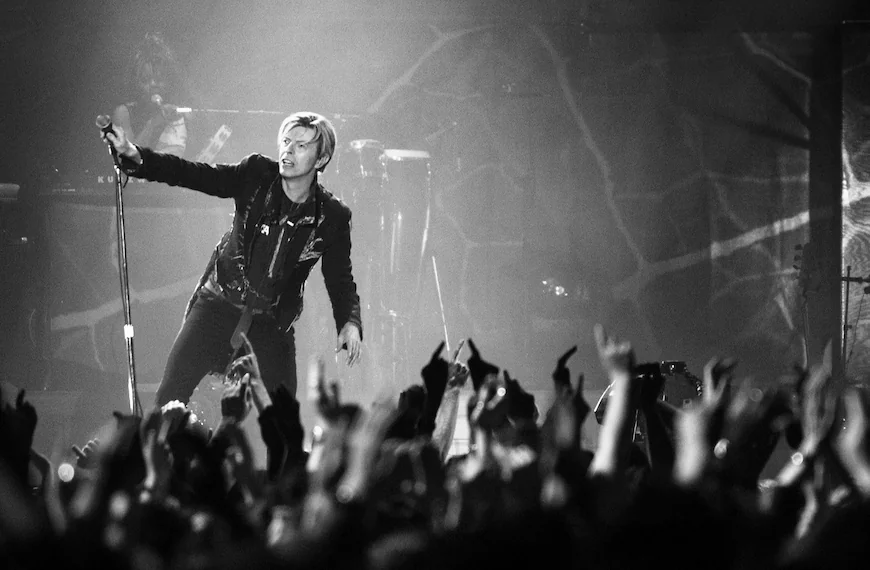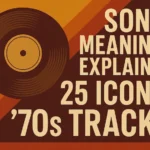What do a gas station attendant from Indiana, a kid from a Florida college town, and three guys from East Texas have in common? They all became rock legends despite coming from places most people couldn’t find on a map. The 1970s produced some of America’s most enduring 70s rock stars, but many didn’t emerge from the expected music capitals of New York, Los Angeles, or Nashville. Instead, they crawled out of tiny towns and forgotten corners of America, carrying those places in their DNA and somehow turning geographical obscurity into universal appeal.
Tom Petty: The Quiet Revolution from Gainesville
📍 Population: 64,000
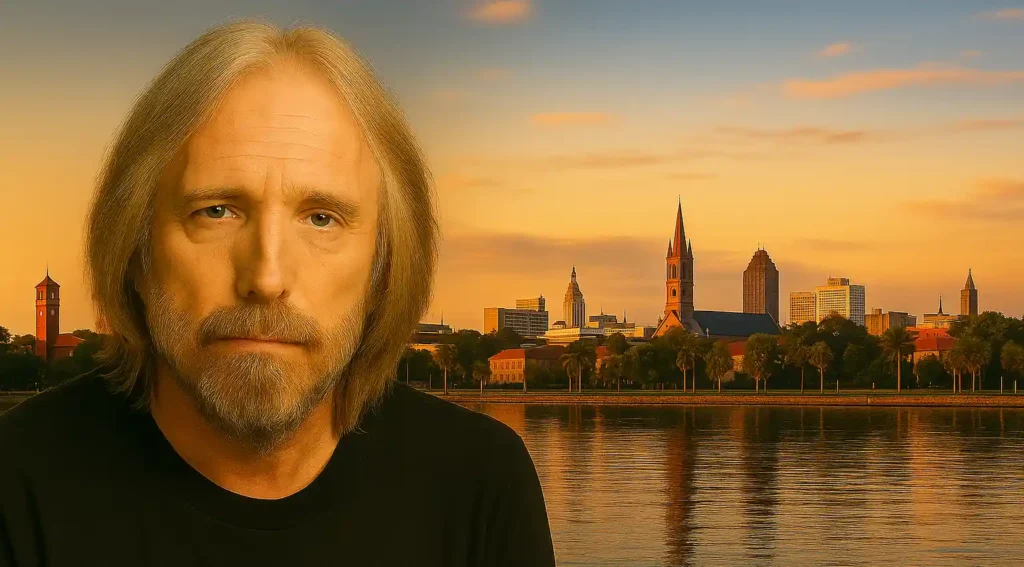
Tom Petty grew up in Gainesville, Florida, a sleepy college town known more for the University of Florida Gators than rock stars. His father sold insurance, his mother was a housewife, and the family drama was thoroughly middle-American.
Gainesville gave Petty something that New York or Los Angeles couldn’t: unshakeable authenticity. When he sang about being “in over my head,” he wasn’t adopting a persona but drawing from years of being the weird kid who wanted to be in a band. Songs like “American Girl” captured the universal feeling of wanting more than your circumstances offered.
Petty became a global superstar by never pretending he was anything other than a guy from a small Florida town, proving that authenticity travels better than artifice.
John Mellencamp: Seymour’s Stubborn Son
📍 Population: 15,000
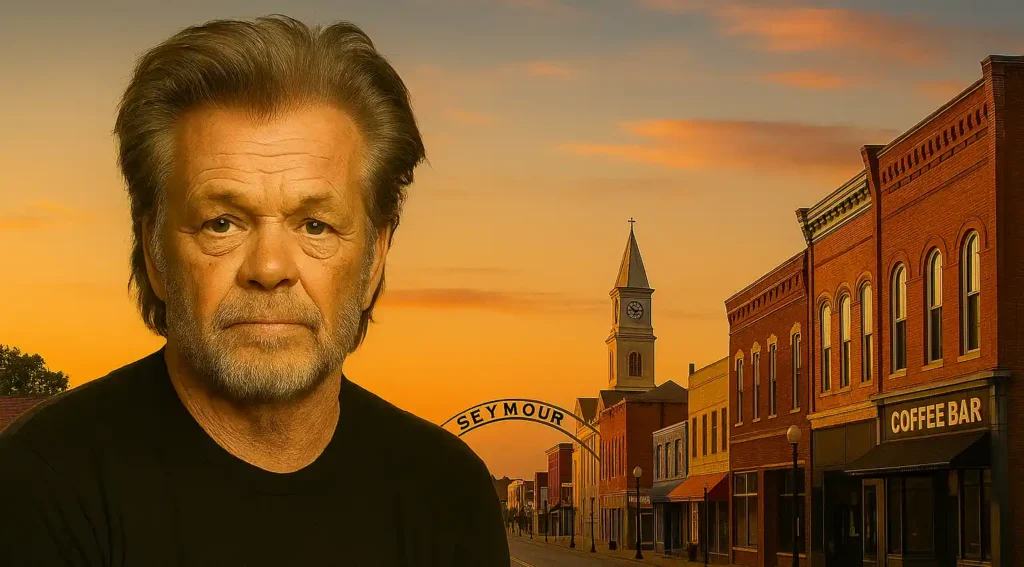
John Mellencamp grabbed his hometown of Seymour, Indiana and made it central to his entire identity. This was a place where your graduating class had maybe 200 people, everyone’s dad worked at the same few factories, and dreaming of music stardom seemed unrealistic. Mellencamp’s father painted houses, his grandfather was a carpenter.
Instead of running from this background, Mellencamp weaponized it. His breakthrough came when he stopped trying to be a generic rock star and started writing about the people he’d grown up with. “Jack and Diane” was about kids “sucking on chili dogs outside the Tastee Freeze.” “Small Town” was literally an anthem to places like Seymour.
Mellencamp’s genius was recognizing that most of his audience came from somewhere small too, proving you could be both a rock star and the guy who still showed up at the local diner.
Lynyrd Skynyrd: Southern Pride from Jacksonville
📍 Population: ~500,000
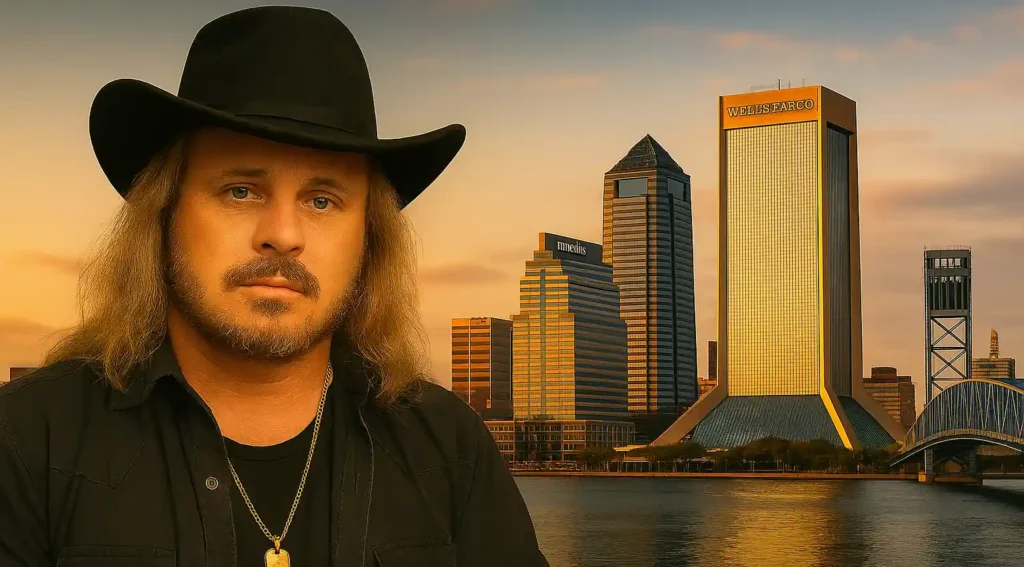
Jacksonville, Florida wasn’t tiny, but it might as well have been in terms of music industry relevance. This blue-collar Southern city was known for shipyards and military bases, not rock bands. Yet from this cultural backwater emerged Lynyrd Skynyrd, who would define Southern rock.
The band formed in a Jacksonville high school, where Ronnie Van Zant, Gary Rossington, and Allen Collins bonded over being working-class kids who felt disconnected from the hippie movement. Van Zant, son of a truck driver who grew up in a neighborhood called Shantytown, never forgot his roots. When Skynyrd hit it big, his lyrics celebrated Southern working-class culture. “Sweet Home Alabama” was a defiant statement that the South had its own rock stars.
Their authenticity was so complete that even Northern audiences couldn’t resist it. The 1977 plane crash tragedy only reinforced their legend as artists who never forgot where they came from.
Bob Seger: Detroit’s Blue-Collar Poet
📍 Major City – Working-Class Neighborhoods
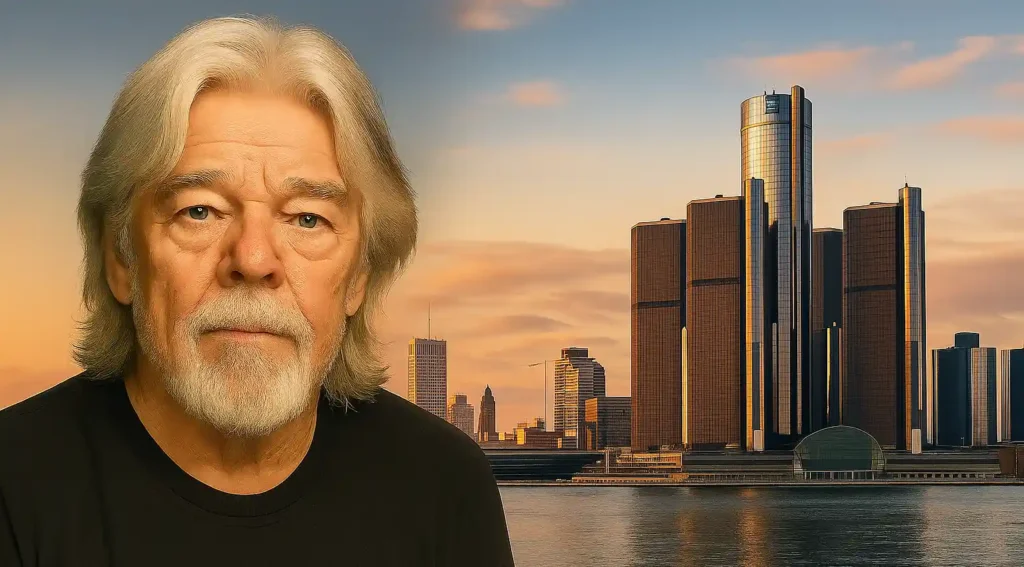
Bob Seger came from Detroit, a major city, but his breakthrough came from embracing the working-class neighborhoods that made Detroit feel like a small town despite its size. He grew up where your dad worked at the plant, your mom packed your lunch, and rock and roll felt like the only escape.
Seger’s genius was making the mundane feel epic. A teenage romance became “Night Moves.” Getting older became “Against the Wind.” Working for a living became “Like a Rock.” His breakthrough album was essentially a love letter to growing up middle-American, complete with all the awkwardness and hope that entailed.
He proved that you didn’t need to come from somewhere exotic to have something important to say about finding poetry in everyday American life.
ZZ Top: That Little Ol’ Band from Texas
📍 Houston: ~1.2 million | Small Texas Towns: <5,000
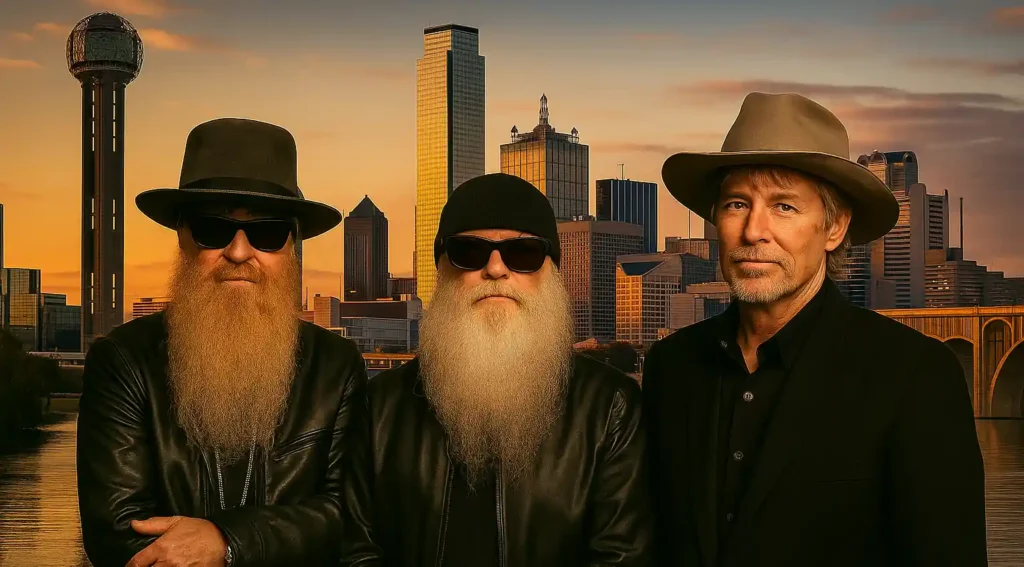
ZZ Top formed in 1969 in the Houston area when Billy Gibbons united with Dusty Hill and Frank Beard, but their story was rooted in small Texas towns. Gibbons was born in Houston, Hill in Dallas, and Beard in Frankston, Texas – places where blues and rock weren’t supposed to flourish but somehow did.
The band played its first show in February 1970 at a Knights of Columbus Hall in Beaumont, Texas, and never forgot their roots. Their hit “La Grange” was written about the Chicken Ranch in LaGrange, Texas – the kind of local lore that only someone from the area would know or care about. They weren’t trying to sound cosmopolitan; they were celebrating the gritty, blues-soaked culture of East Texas.
ZZ Top’s genius was taking the most Texas thing imaginable – blues rock with a sense of humor – and making it universally appealing while never losing their distinctly regional identity.
Pat Benatar: Suburban Long Island’s Rock Warrior
📍 Population: ~28,000 (Lindenhurst)

Born Patricia Andrzejewski in Brooklyn and raised in Lindenhurst, Long Island, Pat Benatar developed her passion for music in suburbia. Her father worked at a sheet metal company, and despite the family’s modest means, she led a happy childhood in a place that was neither urban cool nor rural authentic – just middle-class suburban America.
She was a staple of Lindenhurst High School’s musical department and was even accepted at Juilliard, but instead chose a different path. Benatar’s breakthrough came when she stopped trying to be the opera singer her classical training suggested and embraced rock’s power and attitude.
Her suburban origins gave her something unique: the ability to channel both classical training and working-class grit. Songs like “Hit Me With Your Best Shot” weren’t coming from the mean streets or rural backwoods – they were the battle cry of someone who’d grown up in the space between, where most Americans actually lived.
The Small Town Advantage For Creating 70s Rock Stars
What these artists shared wasn’t just small-town origins but a particular relationship to authenticity that their backgrounds made possible. Growing up away from music industry centers meant they developed their sounds and identities without immediate pressure to conform to current trends. They learned to play for audiences who didn’t care about what was cool in New York or Los Angeles; they cared about what felt real.
Small towns also provided these artists with built-in subject matter. The universal experiences of feeling trapped, dreaming of something bigger, and maintaining connections to home resonated with millions of listeners who shared similar backgrounds. These weren’t songs about the rock star lifestyle; they were songs about the life that came before rock stardom, and for most listeners, that life looked familiar.
Perhaps most importantly, small-town origins gave these artists permission to be themselves rather than manufactured versions of what 70s rock stars were supposed to be. In an era when authenticity became increasingly rare in popular music, these artists succeeded precisely because they never stopped being the people they’d always been.
Their success proved that in the 1970s, at least, you didn’t have to come from somewhere important to become someone important. You just had to be honest about where you came from and confident enough to believe that your story mattered, even if it started in the middle of nowhere.


